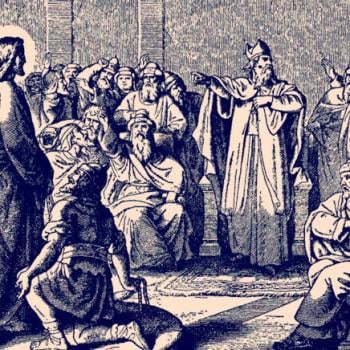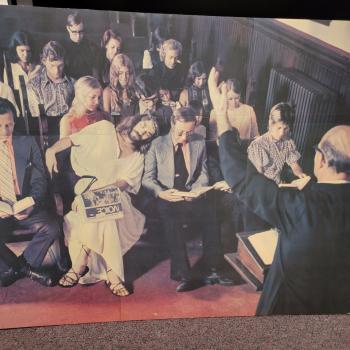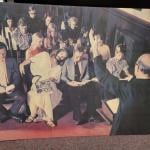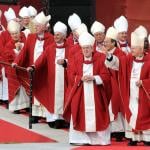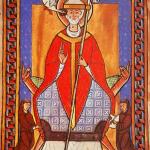| |
Whither “New Testament Studies”? |
I’ve had advance access to a translation of a provocative essay by Martin Hengel (sadly, no longer with us), newly translated by Wayne Coppins, that re-ignited some questions about where the field of NT Studies is and is going:
Martin Hengel, “A Young Theological Discipline in Crisis,” in Earliest Christianity: History, Literature and Theology. Essays from the Tyndale Fellowship in Honour of Martin Hengel, eds. Michael F. Bird & John Maston (Tubingen: Mohr Siebeck, forthcoming 2011?), 342-54.
As with anything I’ve read by Hengel, this essay is impressively informed and stimulating. Hengel reminds us that as a discrete discipline, “NT Studies” is very young, the first German chair occupied in 1876, and chairs in other countries likewise comparatively recent. As he notes, most of the great contributions to NT studies, well into the early 20th century, were by scholars in OT, Systematic Theology, and “above all church historians” (342).
Also, Hengel notes that the 27 writings of the NT (as he notes, a mere 680 pages in the Nestle-Aland Greek NT) is in itself a rather narrow base for a separate discipline, e.g., compared to Patristics, Reformation Studies, or even OT studies. This leads to his complaint about “an excessive flood of exegetical and secondary literature” concentrated on these few writings (e.g., perhaps 20,000 items on Johannine writings since WWI, and likely many more on Paul), including the NT commentaries “vast in number”, of which “Only a few are really good and it is often the older ones” (344). “The one who has to read too much boring secondary literature in the end becomes boring himself” (344).
This narrowness of base texts has led to “an ever growing diversity of ever changing methods” which may have a gain of validity but risk faddishness. For at least some of this diversity is fueled by the desires of PhD students (and scholars) to produce something “new” while working with a slender and oft-studied body of texts. It also leads to incredible efforts spent on very small matters. (E.g., I recall a 600 pp. book devoted to Mark 15:34!)
It should not be surprising that Hengel (whose body of work attests such amazing breadth) calls for “NT Studies” to be defined chronologically as ca. 200 BCE – 200 (or 300) CE. (I recall anticipating the comprehensive PhD exam in NT, and asking my supervisor what I should prepare for, who replied “Anything between ca. 200 BCE and 200 CE”.) This includes the literature, history, and especially religious developments of this period, involving second-temple Jewish tradition and the larger Roman environment. Hengel urges that proper PhD projects in NT should include, therefore, studies of the larger historical setting, the textual transmission and use of NT writings in the early centuries, and other matters.
And this, Hengel rightly emphasized, means that languages are important, especially the primary-text languages, but also the key languages of modern scholarship. English-speaking students (generally mon0-lingual) are now especially often under-prepared for really demanding work in NT/Christian Origins because of deficiencies in languages.
Precisely because the NT holds a unique significance both theologically and historically, it is right to engage these texts thoroughly. But this will be enhanced by viewing these writings against the wider horizon of the period urged by Hengel. This actually allows us better to identify distinctives and noteworthy matters in NT writings.
Also, it allows us to place the NT writings as noteworthy texts bearing on the scholarly understanding of ancient Judaism and of Roman-era religion more widely. The old “History of Religion” school rightly urged study of the NT in its historical context, but too readily assumed that the NT could be explained as deriving from its religious environment (and too simply sought parallels/derivation in the pagan religious environment, under-estimating the significance of the ancient Jewish matrix of Christianity). A more balanced and thorough engagement with the matter will yield more nuanced and adequate understanding of how the NT writings reflect both influences and innovation.
As I noted in my inaugural lecture (1997), the NT is not only central to Christian faith and Christian tradition, it has also been influential in many ways more broadly, especially in Western cultures. These writings, therefore, justify intense attention. But this attention is best informed by the breadth of vision urged in Hengel’s essay.





